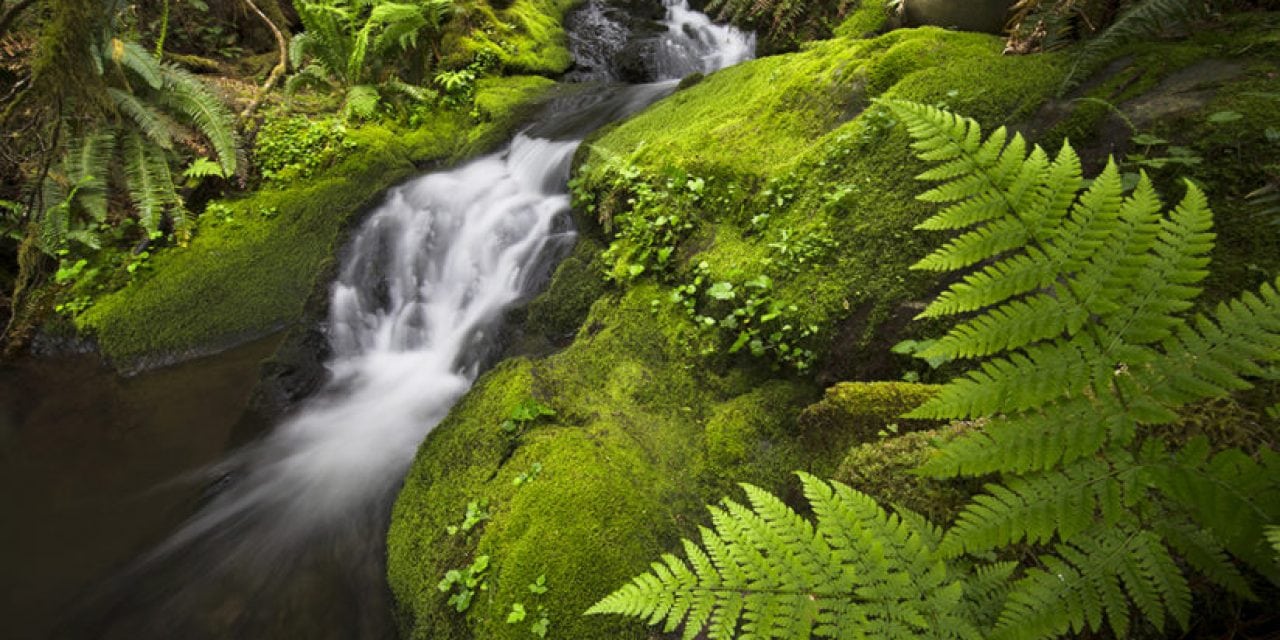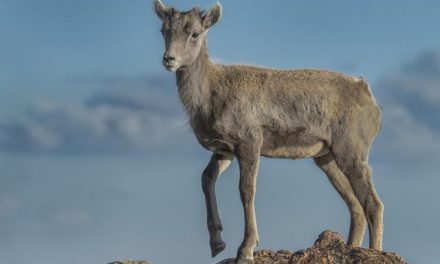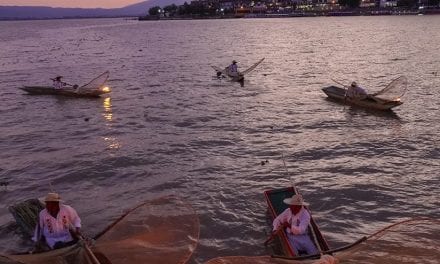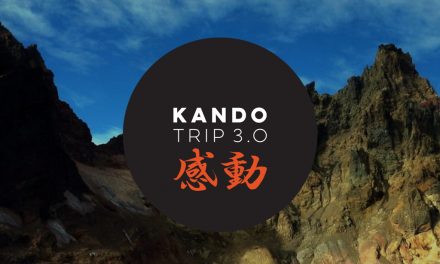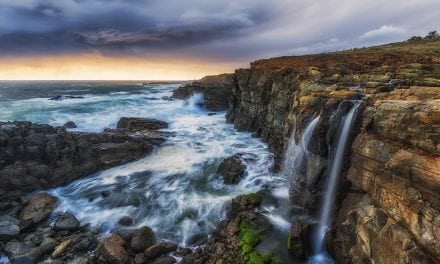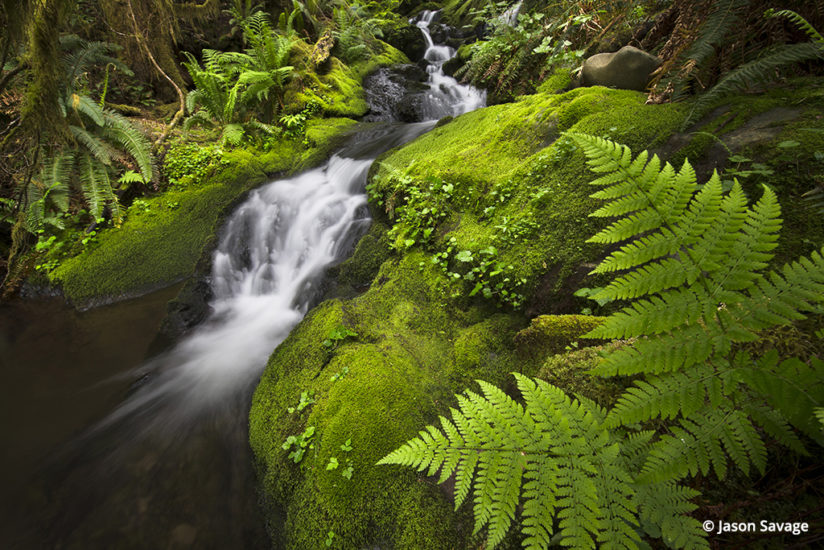
As you leave the bustle of the city heading west across the Puget Sound waterway winding your way along Washington state’s Olympic Peninsula, you enter one of the most fascinating, diverse and amazing landscapes in North America. Encompassing 1,441 square miles, nearly 200 glaciers, 73 miles of rugged remote coastline and temperate rainforests found nowhere else on the northern continent, the geographic diversity of Olympic National Park sets it apart from just about every other national park in the United States.
Your first glimpse of what’s to come may appear before you even leave Seattle. Visible on a clear day, the snow-capped peaks of the Olympic mountain range loom in the distance, just over the horizon. The highest peak in the range is Mount Olympus at just under 8,000 feet. The Olympic mountain range formed around 35 million years ago when two major Pacific tectonic plates collided, thrusting upward to eventually create this high-alpine range that makes up one of Olympic’s three major ecosystems.
Stepping back in time, archaeologists have uncovered evidence dating back 12,000 years of human existence in the Olympic Peninsula, with many native peoples hunting and fishing throughout what is now Olympic National Park. Today there are eight major tribes in the Olympic Area: Quinault, Skokomish, Elwha Klallam, Makah, Hoh, Jamestown S’Klallam, Port Gamble S’Klallam and Quileute. Head to the most northwestern point in the United States to Neah Bay, just outside Olympic National Park to the Makah Cultural and Research Center, and get a glimpse into the past of Makah life with artifacts, canoes and houses recovered from the park dating back 300 to 500 years ago.
Before Olympic was a park, there was much debate about how to protect its invaluable resources and habitat. It wasn’t until 1897, when the Olympic Forest Reserve was created, that it would receive any official protection. Shortly after, in 1909, it was expanded to the Mount Olympus National Monument, establishing 615,000 acres with an aim to protect the Roosevelt elk that inhabited the area. Then in 1938, a year after Franklin Roosevelt visited the park, it was officially designated Olympic National Park with an additional 187,000 acres added.
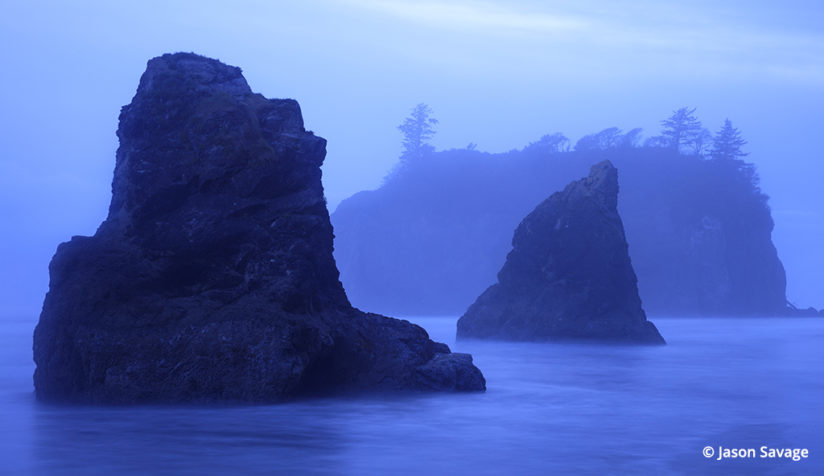
Over the years, additional land has been added to the park, including portions of coastline. In 1976, Olympic was designated an International Biosphere Reserve and in 1981 was declared a World Heritage Site by the World Heritage Convention.
The park itself contains three very distinct ecosystems: old growth rainforest, wild Pacific coastline and glacier-capped mountains. These ecosystems hold some of the park’s most spectacular attractions, important habitat, plants and wildlife that are endemic to this region.
It’s also what makes Olympic such a special place to explore and photograph. There are few destinations where you can go from photographing wildflowers in high alpine meadows to moss-carpeted rainforests to sea stacks along the rugged coastline—all in the same day. For landscape photographers, Olympic offers just about everything, and it’s this diversity that always draws me back.
I was fortunate enough to grow up in the Pacific Northwest and spent many summers as a kid on the shores of Lake Crescent inside the park, but it was not until I picked up a camera that I began to really explore what Olympic has to offer. After all these years, I continue to discover new landscapes and new experiences and have come to truly appreciate the richness and life that runs throughout the park.
The High Country
As summer draws near in Olympic National Park and the snow line makes its final retreat, the first signs of spring and summer arrive in the high country with wildflowers emerging from their winter hiding. The northernmost entrance to the park is located just outside the city of Port Angeles, Washington. Once inside the park, visitors can embark on the winding 17-mile drive up to Hurricane Ridge.
With an elevation of just over 5,000 feet, Hurricane Ridge is a great place to view the high country and sub-alpine areas, providing easy access to photographers. There are excellent scenic trails up top that offer stunning views of the Olympic Mountain Range and Strait of Juan de Fuca. High country travel for most visitors to Olympic is limited to only a few access areas by car, as many destinations require day hikes and backcountry travel; still, Hurricane Ridge offers a ton of variety and amazing scenes throughout the summer.
Temperate Rainforest
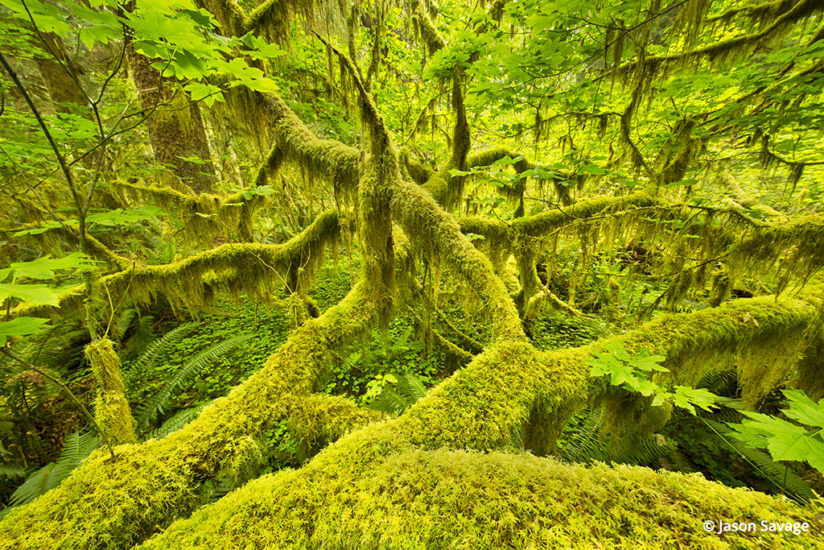
The Pacific Northwest rainforests once stretched from Alaska to the California coast, and the temperate rainforests of Olympic National Park are some of the last remaining in the United States. These rainforests are uniquely situated on the western side of the park and receive a staggering 12 to 14 feet of rain per year. Temperatures rarely drop below freezing and generally stay below 80 degrees Fahrenheit. Life is everywhere in the rainforests: mosses carpeting the trees and forest floor, ferns, big-leaf maples, epiphytes. The sheer busyness of it all can provide lessons in patience and study for landscape photographers. The over-abundance of life and growth is everywhere. Olympic holds four main rainforests within the park: Hoh, Quinault, Queets and Bogchiel.
Rugged Coastline
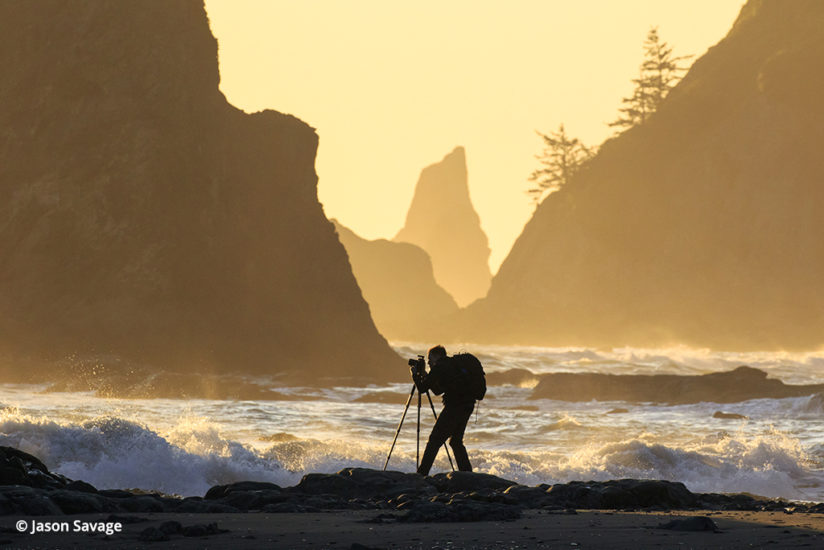
Another big draw is the rugged Pacific coastline that stretches 73 miles from near the northwest point of the peninsula south down near the Queets River. Portions of this coastline are some of the most remote and primitive in the lower 48 and include some of the best backpacking and coastal photo opportunities I’ve ever experienced. There are many outlets to the coast from within the park that offer access to sea stacks, coastal wildlife and endless subjects for photographers. Don’t forget to check out the tide pools for macro work and abundant marine life.
Points of Interest In Olympic National Park
The following are just a few of my favorite locations to photograph in Olympic. If I only had a few days to travel, these would be some of the first places I would venture.
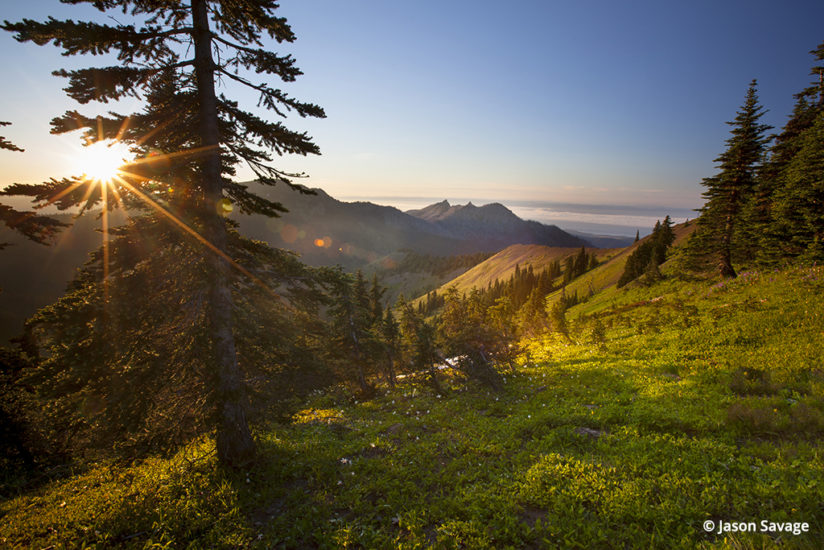
Hurricane Ridge. As previously mentioned, Hurricane Ridge is one of the best access points to the high country and provides amazing views of the Olympic Range and the Strait of Juan de Fuca. In addition to the impressive views found here, blacktail deer routinely graze on the hillsides, mountain goats wander the trails and the Olympic marmots often make an appearance. Remember that snow can be heavy in the high country, and this location is usually best visited in the summer when most has melted off. It’s an ideal location for both sunrises and sunsets, not to mention some great wildflower photography.
Lake Crescent Area. An area I’ve treasured since childhood, Lake Crescent is a real gem located just 17 miles from Port Angeles as you head further into the park. Its deep, clear turquoise waters are caused by lack of nitrogen in the water, and its depth hits close to 600 feet. Lake Crescent offers brilliant landscapes with Mount Storm King in the distance, has the charming historic architecture of Lake Crescent Lodge built around turn of the 20th century, and features a very popular hike to Marymere Falls. Depending on the weather, there are many options for photographers. On cloudy days, you can work the waterfalls and forest or plan for sunrise or sunset on the lake when the weather clears. Whatever the conditions, Lake Crescent is a must-stop.
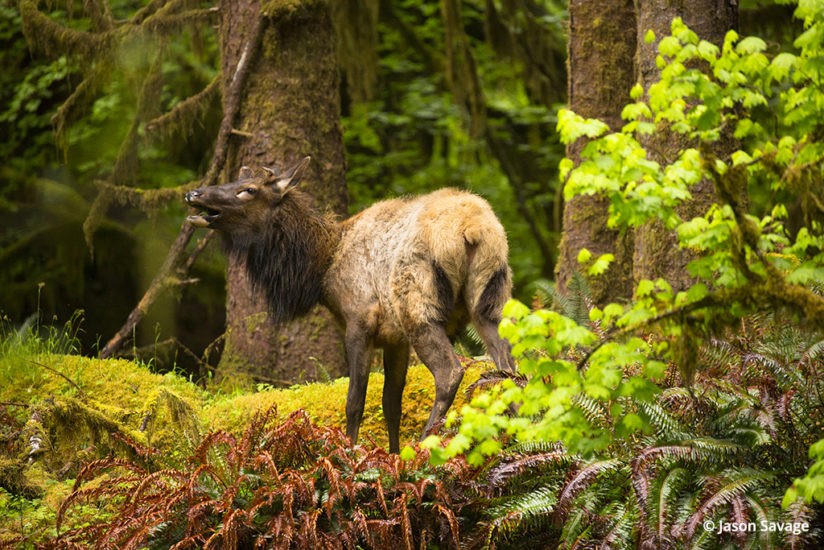
Hoh Rainforest. If you’re only going to visit one rainforest in Olympic, the Hoh is the one to see. Every time I venture into the Hoh, I feel like I’m stepping into a scene from “Lord of the Rings,” half expecting Frodo to come wandering down the trail at some point. The enormous canopy of moss-covered big-leaf maples, sword ferns blanketing the forest floor, nurse logs sprouting new life and Roosevelt elk wandering alongside the trails are just a few of the highlights you may experience.
For photographers, the Hoh can be challenging when looking for compositions, but it also can be a great lesson in testing your creative eye. When you finally succeed in your arrangement, the results are stunning. For macro lovers, you could probably spend a whole day within a few steps’ radius as there is such an overabundance of small details, from mushrooms to amphibians and just overall plant life. Also, remember to bring your rain gear when venturing into the Hoh, as it’s a safe bet there will be rain!
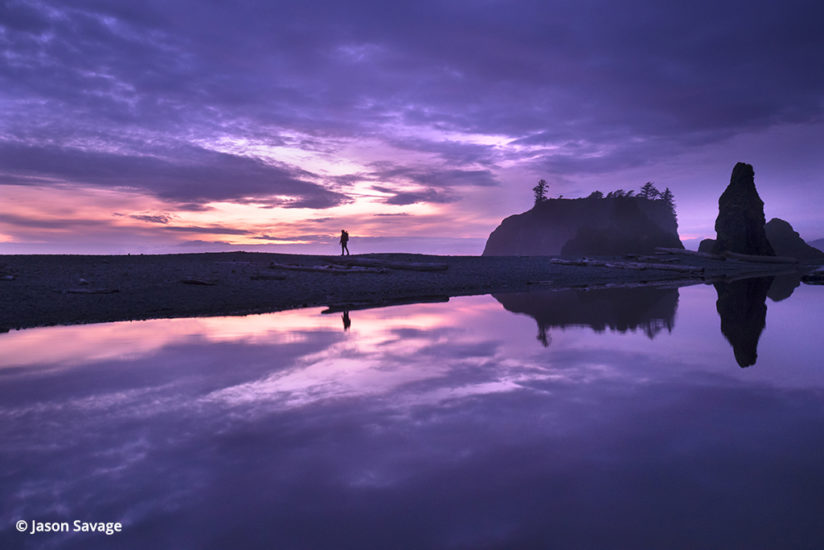
Ruby Beach. It’s really hard for me to pick a favorite beach to photograph in the park, but if I had to pick just one, it would be Ruby Beach. As you head west from Forks Washington, just as you round the corner back onto the coastline, you’ll find Ruby Beach tucked away beneath the cliffs below. Ruby has stunning sea stacks and great tide pools and makes a perfect getaway for landscape photographers. When weather cooperates, sunrise and sunset can be breathtaking, and the sea stacks and rugged Pacific coastline make for wonderful landscape images. I usually plan for sunrise and sunset, but if clouds roll in, don’t be afraid to go for moody shots and experiment with long exposures of the surf. Be sure to check the local tide tables when planning your visit.
Equipment Recommendations For Photographing Olympic National Park
With Olympic being such a diverse environment for photographers, it’s wise to plan accordingly. Here are a few recommendations when preparing for your trip.
Wide-Angle Lens. Olympic is certainly a landscape photographer’s paradise, and the first lens I make sure I have in my bag is an ultra-wide-angle. Something in the 16-35mm range or equivalent is perfect. I like to get up close and personal with my foregrounds, and having that extra wide-angle perspective can add some extra drama and dimension to your coastal and rainforest landscapes. Having a fast lens isn’t too important for Olympic, as most of your work will be in low-light environments requiring a tripod.
General “Walk Around” Lens. When heading into the rainforests, I will usually have a 24-70mm or 24-105mm equivalent most of the time. This helps me establish my compositions but also allows me to zoom in and capture semi-macro or more compressed shots when wandering the trails. One thing also to consider is having a good weather-sealed lens. No matter how well you protect things in the rainforest, your gear is going to get a little wet from time to time, so it’s good to keep this in mind when planning or renting gear.
Telephoto. Having a good telephoto in the 70-200mm range or even a 100-400mm is a must for me when traveling through Olympic. There are wonderful opportunities to shoot landscapes with a longer focal length, especially on the coast. But I also like to use telephotos to compress scenes and capture small details in the forest. There are also a multitude of wildlife opportunities, and I try to be prepared for any situation that may arise. Having a 100-400mm is my preference as I can cover a lot of ground with this lens for both landscapes and wildlife.
Tripod. A good tripod is a must. Once you venture into the rainforest, no matter the time of day, your available light becomes pretty limited and hand holding just isn’t an option. So it’s important to have a decent sturdy tripod, especially for working the waterfalls. I often receive a lot of questions about equipment for beach locations. First, tripods plus sand plus saltwater just don’t play nice together. I usually recommend if you have a secondary tripod you’re not afraid to beat up or have it dedicated for such purposes, use that. If you only have one tripod, I suggest keeping the legs extended during use, as I find opening and closing introduces sand into the threads no matter how careful I try to be. I make sure to give a good rinsing at the end of the day, removing off all the salt water and sand.
Other essentials. Rain gear and waterproof boots as they can be invaluable when working the coastal areas. There’s nothing worse than spending a day with wet feet! Also bring a good rain cover for your camera and lens. I prefer using LensCoat rain covers as they’re easy to take on and off. I’ve spent weeks in torrential rains with great success.
Lastly, be sure to pick up a tide chart to help you plan your visits to the coastal areas. Visit the Olympic National Park’s website, too, for more details and maps.
See more of Jason Savage’s work at jasonsavage.photoshelter.com.
YOU MIGHT ALSO LIKE
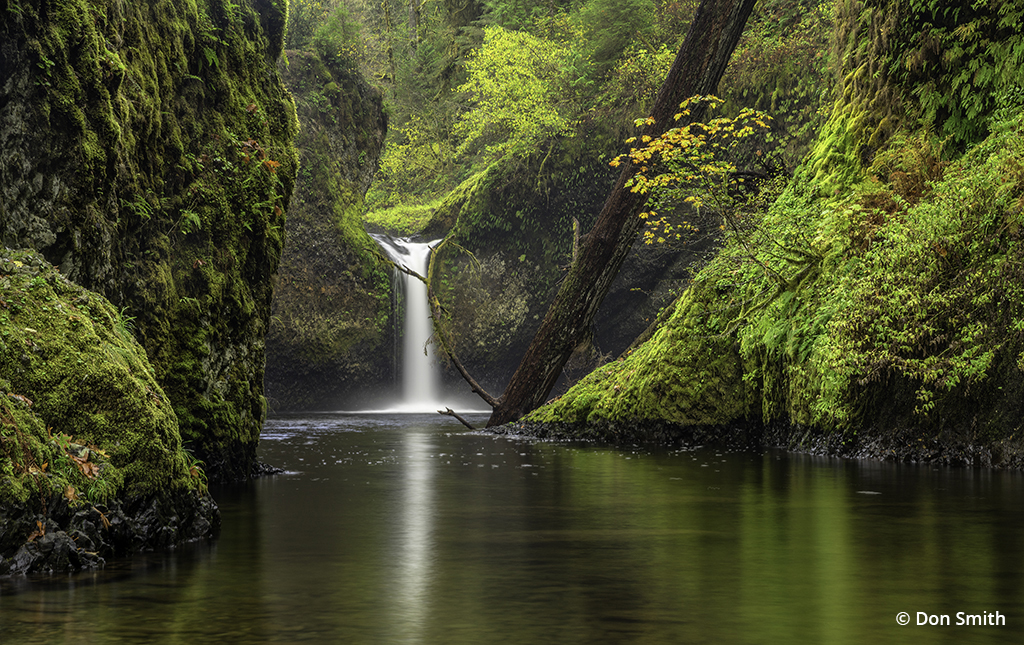
Columbia River Gorge Photo Locations
Waterfalls, wildflowers and stunning mountain backdrops await in the Pacific Northwest. Read now.
The post Olympic National Park appeared first on Outdoor Photographer.


